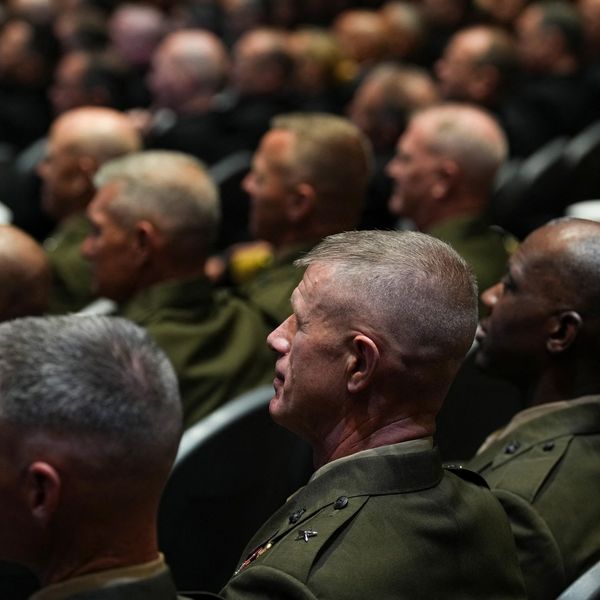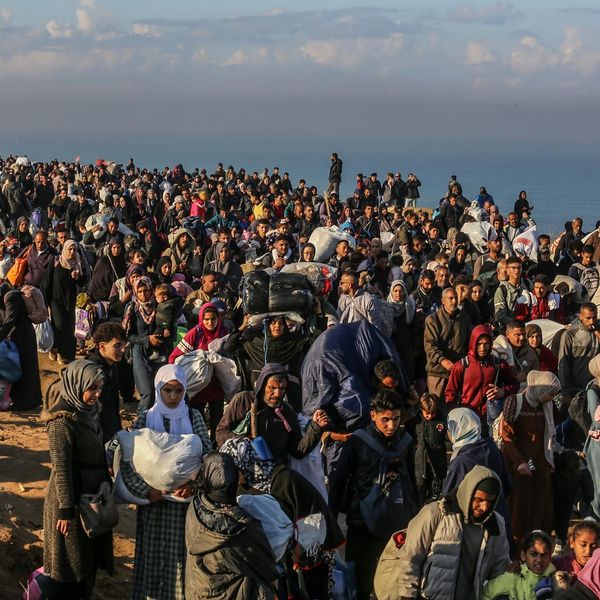Hamas terrorists were responsible for the deaths of 1,139 Israelis – mostly civilians – on October 7, 2023. The Israeli government was fully within its rights to bring the terrorists to justice.
But nearing the one-year mark of Israel’s resultant war against Hamas, Israeli Prime Minister Benjamin Netanyahu may now be an impediment to peace rather than providing a path to it.
No one can question Israel’s right to seek justice for Hamas’s bloody massacre on 10/7 and few challenge Washington for providing military support to Israel as it seeks to punish Hamas. Yet it is entirely reasonable to question how Israel is conducting its operations, especially if it becomes apparent the Israeli government pursues a course of action that is ineffective — or worse — is making Israel less secure.
I have argued, as far back as November of last year on CNN that Netanyahu has been using military power to pursue a political objective that cannot succeed: the total elimination of Hamas. The reason is simple: one cannot kill an idea with bombs and bullets.
Israel unequivocally has the single most powerful military in the Middle East. In the aftermath of suffering a terrorist attack that caused large scale civilian casualties, it is an understandable and seductive temptation to use that military power to crush one’s enemy. But using a hammer to do a job more suited to a surgeon’s knife was always going to produce results that were anywhere from ineffective to outright self-defeating.
The task facing the Israeli government following 10/7 was monumental: how to bring justice to the political and military force of Hamas (numbering somewhere around 30,000 fighters) who were interwoven within a civilian population of approximately 2.3 million? Taking no action was never an option, so the only question was how best to conduct lethal military operations to justly degrade Hamas.
Doing the job right would have been costly to the Israeli Defense Forces in terms of both time and troops lost. Generally, the IDF could have cut the Gaza strip into sections, isolating one from the rest. They could have screened and then temporarily relocated all the civilians into other secured areas, and then methodically moved through the cordoned area to either capture or kill all the fighters. Once an area was cleared, the civilian residents could have returned, and the IDF would move to the next cordoned area.
Collateral damage would have resulted everywhere Hamas fighters chose to stand and fight, but it would have been limited. Once an area had been cleansed of terrorists, the area would be secured by other troops to limit other Hamas fighters from returning. Meanwhile the civilian population would then be allowed to return and have a safe place to live.
As the U.S. Army did with mixed success in similar scaled urban operations in Iraq, the IDF could have prioritized protecting the civilian population, keeping them supplied with internationally provided relief supplies, and sought their help in identifying and removing Hamas. If the people were given motivation in helping to eliminate Hamas and given a legitimate path to even limited self-governance with a new political entity, it is possible the Palestinians could have made the IDF’s job less difficult.
That’s what Israel could have done; that’s what using a scalpel would have looked like.
What the IDF chose to do instead, however, is to use a sledgehammer to systematically destroy virtually everything inside the Gaza strip. Tens of thousands of Palestinian civilians have been directly killed by IDF operations and hundreds of thousands more suffer from injury and disease; virtually the entire population is now at risk of famine. However many actual Hamas fighters Israel has killed are likely dwarfed by the number of Palestinian males who now hate Israel and desire revenge for the death of loved ones.
I observed firsthand in both Iraq and Afghanistan how U.S. military operations that inadvertently killed innocent Afghan and Iraqi citizens always produced more enemies for us to face. The last decade of the Afghan war — including the surge and a total of 140,000 U.S. and NATO troops supporting over 350,000 Afghan security forces — saw the number of Taliban fighters against us explode from an estimated 20,000 in 2014 to over 75,000 by 2021.
The number of men willing to take up arms against Israel today is likely many times more than the 30,000 it was last October.
The damage done to Israeli security interests over the past 11 months has been incalculable. We likely won’t know for years to come just how much damage has been done. But before any more harm is done, before Netanyahu’s sledgehammer strategy produces even worse results, Washington should demand a change of course and a genuine effort to find a ceasefire — or be willing to use our leverage and withhold major weapons and ammunition deliveries.
There remains an uncomfortably high chance the war escalates and blows up into a regional conflagration that could draw the U.S. into a direct role — strongly antithetical to our interests. American, and even Israeli, interests are best served by limiting the damage done thus far by Hamas’s terror attack last October and Israel’s counterproductive response by seeking an immediate ceasefire to allow the possibility of a long-term solution to be formed.
There will be no quick solution and no painless, cost-free ways to end this war; it took decades to get to this point and it will take decades to solve it. But things are at least manageable today. Failure to show firm U.S. leadership to bring the fighting to an end and start the long, laborious diplomatic process could result in America inadvertently getting sucked into a regional war.
- The morality of ending war short of 'total victory' ›
- What if Israel didn't set out to 'destroy Hamas'? ›
- Biden is letting Israel trap the US into war with Iran | Responsible Statecraft ›
- On Christmas, Pope doubles down, slamming Israel 'cruelty' | Responsible Statecraft ›
- The case for US Middle East retrenchment has never been clearer | Responsible Statecraft ›
















